|
Canada |
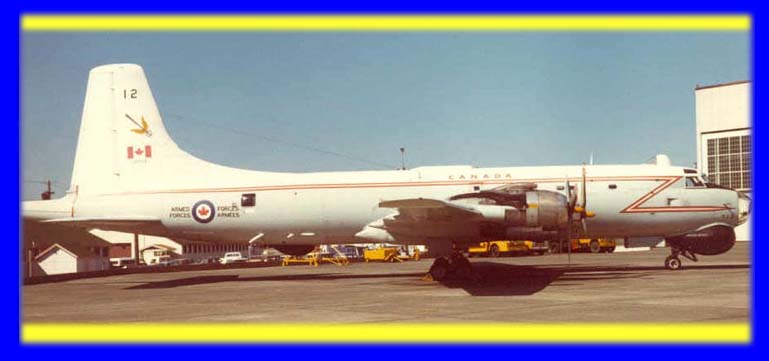 |
|
The Canadair Argus is known as the CP-107 in
the Canadian forces. It was developed from the Bristol Briatannia as
a specialised anti-submarine patrol aircraft for the Canadian navy.
Astonishingly it actually replaced the Britannia's turboprop engines
with Wright R3350 Turbo-Compound radial piston engines! It first
flew in 1957. 33 were built. It had a crew of 15 and was able to
cruise at 200mph for over 12 hours. This
one was pictured at Comox on Victoria Island in September 1981. |
|
|
The De Havilland Canada DHC2 Beaver was the
Canadian company's most famous design. Intended for operation in
very remote, rugged, short airstrips in the hostile far north of
Canada, it has proved very hard to replace. It first flew in 1947.
Powered by a Pratt & Whitney radial engine, it can carry 10 people
at 155mph over 680 miles. About 1,700 were built. The US Army
operated several under the designation U-6.
This one, operated by the British army, was at
Mildenhall in 1988. |
|
France |
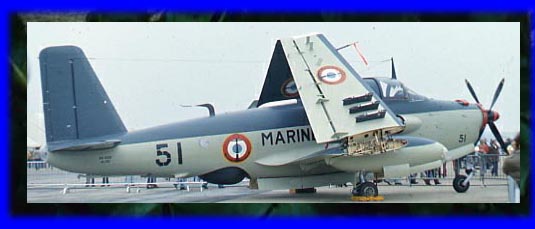 |
|
The Breguet Alize (Tradewind) is more or less
the French equivalent of the Fairey Gannet, being a carrier-borne
anti-submarine and airborne early warning aircraft. It is powered by
a single Rolls-Royce Dart turboprop. 75 were built. Note the
retractable radome under the roundel at the back.
This one was at Greenham Common in June 1977. |
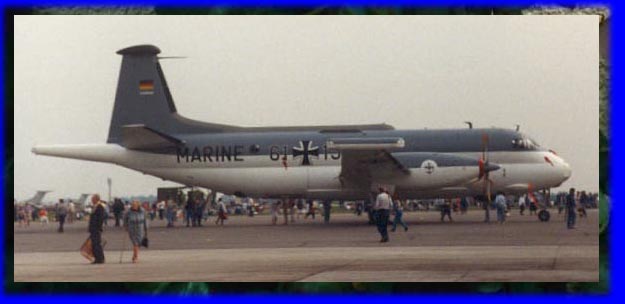
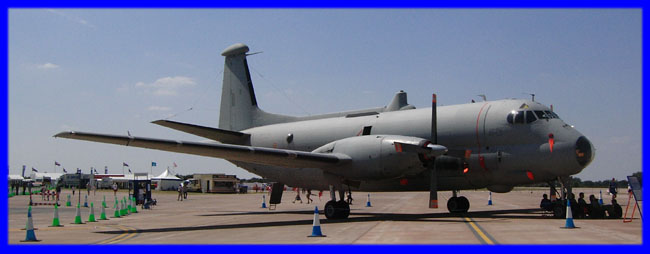 |
The Breguet Atlantic is a French long-range
maritime patrol aircraft. It first flew in 1961. It has been
operated by France, Germany, Holland and Italy, A few have been
exported outside Europe. Powered by two Rolls-Royce Tyne turboprops,
it cruises at 195mph with an endurance of 18 hours.
The top picture was taken at Mildenhall in 1988.
The lower picture shows a French example converted to the electronic
warfare role, at Fairford in July 2005. |
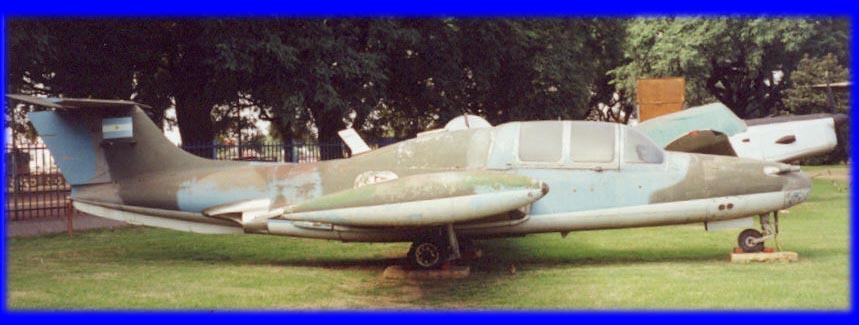 |
The Morane-Saulnier MS760 Paris is unusual in
being a four seat jet high speed communications transport. It is
powered by two Turbomeca Marbore turbojets, which give it a top
speed of 405mph and range of 930 miles. 165 were built. First flight
was in July 1954. This one is preserved
in the Argentine Air Force museum in Buenos Aires. |
|
Germany |
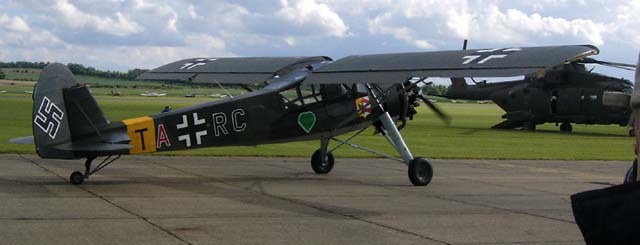 |
|
The Fiesler Storch was Germany's main light
liaison aircraft, and also filled many other roles such as air
ambulance and light observation. It first flew in 1935. It had
outstanding ability to operate in short, rough airstrips. It was
normally powered by a 240hp Argus inline engine, but could
alternatively (as with this one) be fitted with a Siemens radial. It
is a two seater, quite large, 32 feet 5 inches long, with a wing
span of 46 feet 9 inches. Top speed is a sedate 110mph, and range is
only 230 miles. Over 2,500 were built.
This one was at Duxford in 2004. |
|
Italy |
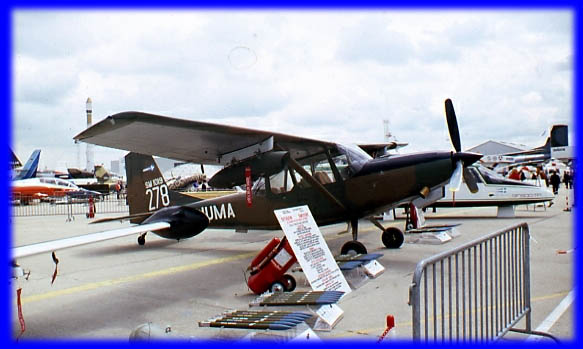 |
|
The SIAI-Marchetti SM1019 is an updated
development of the 1950s Cessna Bird Dog (US designation O-1) as a
reconnaissance and observation aircraft with limited ground attack
capability. It is powered by a 400hp Allison turboprop, and has a
cruising speed of 185mph (at which the engine's high fuel
comsumption gives it negligible range). The SM1019 first flew in
1969 and is principally used by the Italian Army.
This one was at Le Bourget in June 1981. |
|
Sweden |
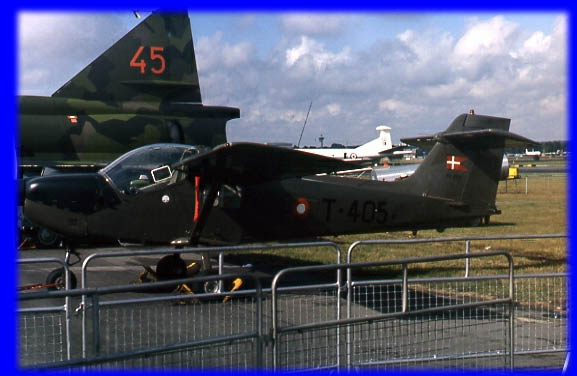 |
|
The SAAB MFI17 is a two-seat trainer and
utility aircraft with some limited ground attack capability, powered
by a Lycoming 160hp piston engine and cruising at 130 mph. It is a
derivative of the MFI-9 (later Bolkow) Junior light aircraft
designed by Bjorn Andreasson. It is popular with many air forces
because of its low cost and simplicity.
This Danish example was at Farnborough in September 1976. |